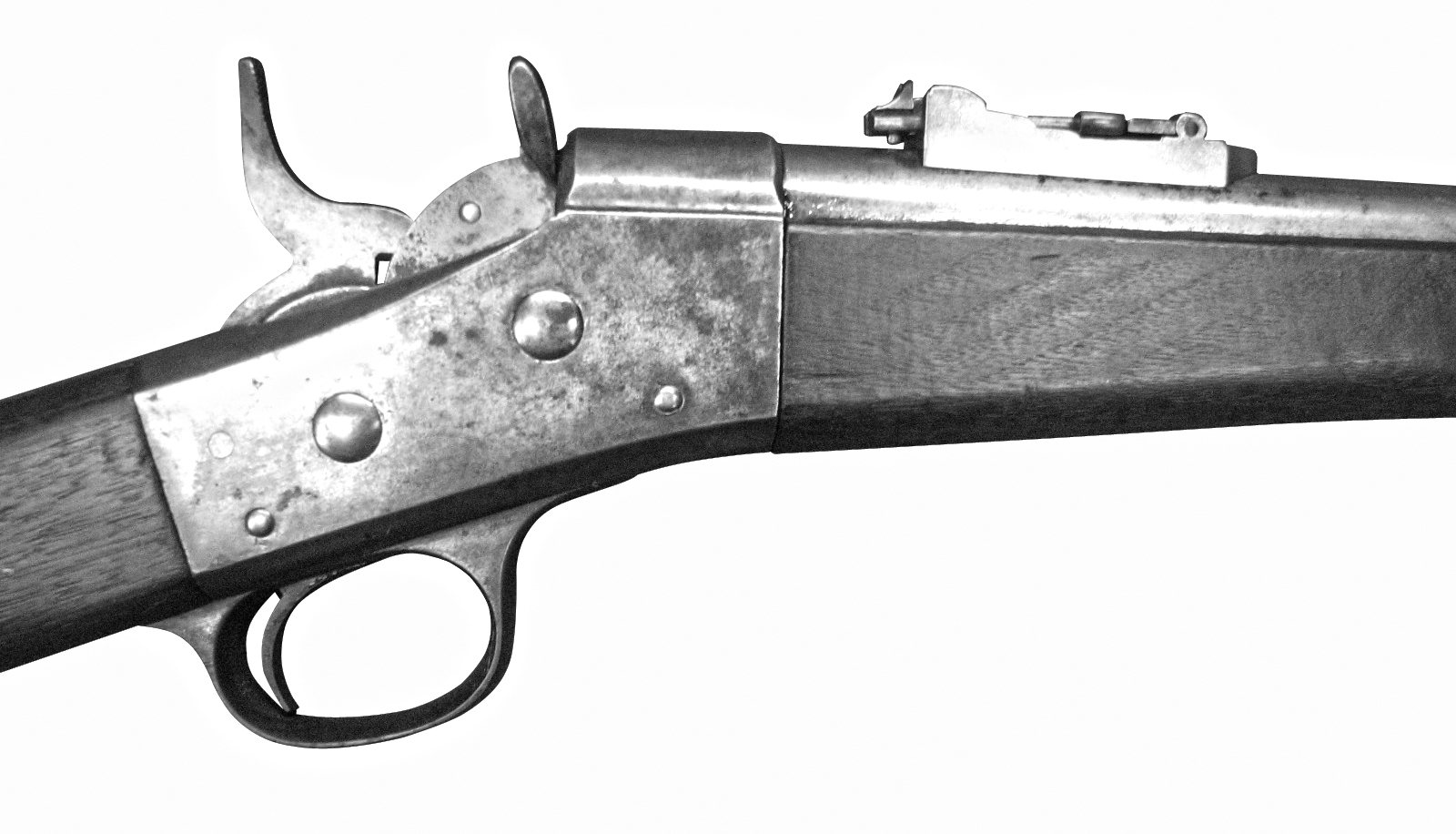

58 rimfire and gave greater range and accuracy, though the muzzle energy was about the same (1,488 ft-lbs). This loading upped the velocity by 100 feet per second (to 1,260 fps) over that of the. 50 caliber to handle a new centerfire cartridge with a 450-grain lead bullet backed by 70 grains of black powder. The original muzzleloading barrels were sleeved with a liner of. Nicknamed the Needle Gun due to its long firing pin, some 5,000 of these Model 1865s were altered at Springfield before it was decided that some modifications in the mechanism and a reduction in caliber were warranted to further improve the gun's performance.

Because of this, even the rear sight didn't have to be changed. 58-caliber copper rimfire cartridge that approximated the ballistics of the original muzzleloader's paper cartridge. The system was adopted in 1865, chambering a. This was music to the ears of thrifty Ordnance officials. All that is necessary is to cut away the barrel on the top at the breech and add the block and shell extractor, cut the recess in the breech-screw and modify the hammer. Allin explained, "It is particularly adapted to the alteration of the Springfield rifle musket, as it can be done without changing the feature of the musket or without throwing away any of its parts. Upon reopening the block, a rather complicated rack-and-pinion extractor ejected the spent case - fast, slick and easy.Īs well as being relatively efficient, the conversion allowed the maximum use of original parts. The block was then closed, the hammer put on full-cock and the rifle aimed and fired.

It would then be rotated forward to expose the chamber for the insertion of a round. To open it, one half-cocked the hammer and pushed upward on a thumb latch to unlock the block. Basically, the system involved a breechblock that was attached to the top of the altered rifle musket barrel.


 0 kommentar(er)
0 kommentar(er)
